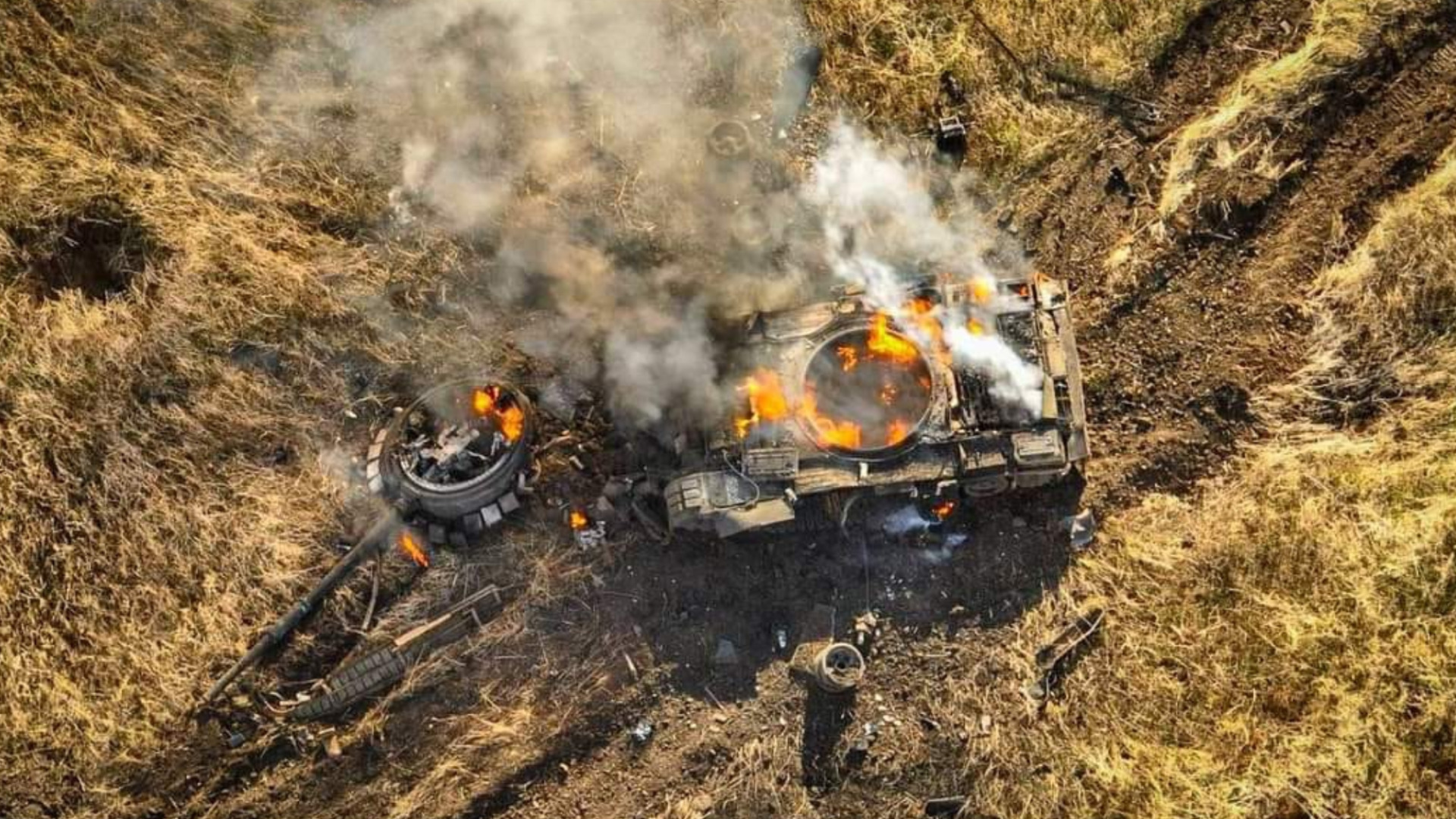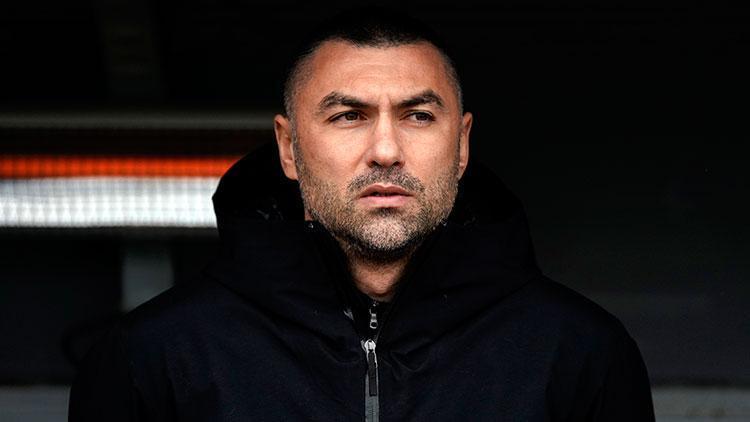Iran Nuclear Talks: Shifting Locations and Rising Tensions
By Archyde News Journalist
Confusion Over Venue Amidst High stakes
The location of the next round of pivotal negotiations between Iran and the United States regarding Tehran’s escalating nuclear program remains shrouded in uncertainty. Initial reports suggested a shift to Rome, Italy, but conflicting statements from Iranian officials now indicate a return to Oman. This diplomatic back-and-forth underscores the delicate nature of the talks and the significant challenges both nations face.
On Monday,an Italian government source,speaking anonymously to the Associated Press,indicated that Rome was the expected venue for the upcoming meeting,slated for Saturday. Italian Foreign Minister Antonio Tajani also alluded to Rome as the host city, stating, “We received the request from the interested parties, from Oman, which plays the role of mediator and we gave a positive response. We are ready to welcome, as always, meetings that can bring positive results, in this case on the nuclear issue.”
Adding to the anticipation, Dutch foreign Minister Caspar Veldkamp and Iranian Foreign Minister Abbas Araghchi (reportedly, according to the state-run Iraqi News Agency) also suggested Rome as the location. However, early Tuesday morning, the state-run IRNA news agency quoted Iranian Foreign Ministry spokesperson Esmail Baghaei asserting that the talks would revert to Oman, without providing specific reasoning. The timing of the potential Rome meeting, coinciding with Easter weekend, a major holiday, further complicates logistical considerations.
“Ther must definitely be guarantees in place regarding the fulfillment of commitments. The issue of guarantees is especially important given the history of broken promises in the past. God willing, the negotiating team will continue its work with all these factors and points in mind.”
Esmail Baghaei, Iranian Foreign Ministry spokesperson
The initial round of discussions occurred in Oman, highlighting the country’s role as a key mediator between the U.S. and Iran. The stakes are exceptionally high, as the two nations approach a critical juncture in their long and complex relationship.
trump’s Concerns and Potential Military Action
Former President Donald Trump has expressed reservations about the progress of the nuclear talks. “I think they’re tapping us along,” he remarked during a meeting with El salvador’s president in the Oval Office. Trump had previously threatened military action against Iran’s nuclear facilities if a deal couldn’t be reached, raising the specter of potential conflict in the region, a stark departure from the current governance’s diplomatic approach.
“I want them to be a rich, great nation. However, these are radicalized people, and they cannot have a nuclear weapon.”
Former President Donald Trump
Despite the tough rhetoric,Trump indicated a desire for Iran to prosper,albeit without possessing nuclear weapons. This sentiment reflects a long-standing U.S. policy objective: preventing nuclear proliferation in the Middle East. For U.S. citizens, the potential consequences of a nuclear Iran are profound. it could trigger a regional arms race,destabilize the Middle east,and increase the risk of nuclear terrorism,directly impacting national security.
IAEA Chief’s Impending Visit
Adding another layer of complexity, rafael Mariano Grossi, the head of the International Atomic Energy Agency (IAEA), is scheduled to visit Iran. This visit is particularly crucial because the IAEA plays a vital role in monitoring iran’s nuclear activities. Despite reduced access following the U.S. withdrawal from the 2015 nuclear deal, the IAEA continues to operate in Iran, striving to maintain oversight of the country’s nuclear program.
Grossi emphasized the importance of continued cooperation with the IAEA, stating on X, “Continued engagement and cooperation with the Agency is essential at a time when diplomatic solutions are urgently needed.”
During his visit, Grossi is expected to meet with Iranian officials, including Foreign Minister Araghchi and President Masoud Pezeshkian, to discuss enhancing access for IAEA inspectors. This push for greater clarity is vital for building confidence in the peaceful nature of Iran’s nuclear program.
Key Issues: Sanctions Relief and Uranium enrichment
At the heart of the negotiations lie two critical issues: sanctions relief for iran and the extent of its uranium enrichment activities. The 2015 nuclear deal, formally known as the Joint Comprehensive Plan of Action (JCPOA), offered Iran significant economic benefits in exchange for limits on its nuclear program. The deal’s collapse under the Trump administration led to the reimposition of sanctions, severely impacting Iran’s economy. the U.S.now faces the challenge of finding a way to provide sanctions relief while ensuring Iran does not develop nuclear weapons.
Under the JCPOA, Iran agreed to limit its uranium enrichment to 3.67%, sufficient for nuclear power generation. Though, as the deal’s unraveling, Iran has ramped up enrichment to 60%, a level that is a short technical step away from weapons-grade. This has raised serious concerns among Western powers and fueled fears that Iran is pursuing a nuclear weapon. Many in the U.S. worry this could embolden Iran to act more aggressively in the region, potentially threatening allies like Israel and Saudi Arabia.
Iran seeks guarantees that sanctions will be lifted and remain lifted, regardless of future changes in U.S.administration. This is a contentious issue, given the history of the U.S. withdrawing from the JCPOA. Conversely, the U.S. seeks verifiable assurances that Iran will roll back its enrichment program and allow for comprehensive IAEA inspections. A potential compromise might involve a phased approach, with sanctions relief tied to verifiable progress on nuclear restrictions.
| Issue | Iran’s Position | U.S. Position | Potential Compromise |
|---|---|---|---|
| Sanctions Relief | Complete and guaranteed lifting of sanctions | Conditional relief based on verifiable nuclear restrictions | Phased relief tied to progress on nuclear commitments |
| Uranium Enrichment | Desire to maintain enrichment at levels above JCPOA limits (at least 20%) | Demand for rollback to JCPOA limits (3.67%) | Gradual rollback with strict IAEA monitoring |
| IAEA Access | Hesitation to provide full access | Demand for comprehensive and intrusive inspections | Negotiated access with safeguards to protect sensitive information |
Implications for the United States
the outcome of these negotiations will have significant implications for the United States. A successful agreement could reduce the risk of nuclear proliferation, ease tensions in the Middle East, and potentially lead to greater stability in the region. though, a failure to reach an agreement could escalate tensions, increase the risk of conflict, and further destabilize the region. The situation requires careful diplomacy and a willingness to compromise on both sides to achieve a peaceful resolution.







